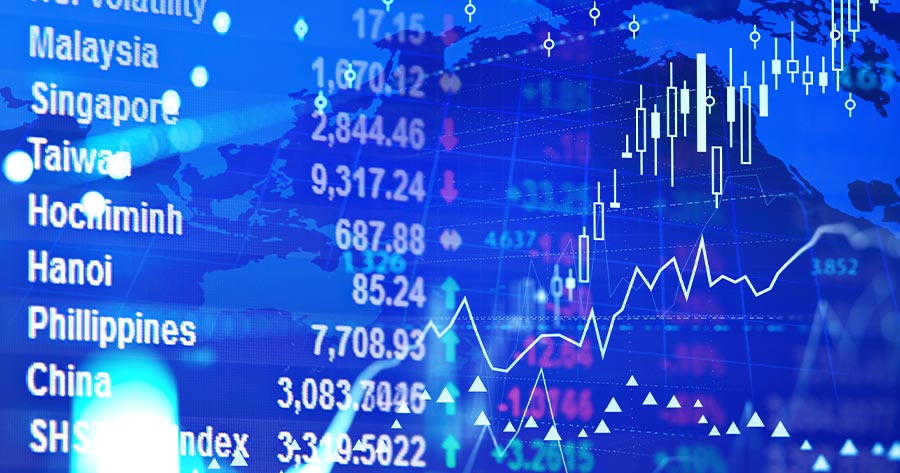On Thursday morning (13 November, 9:17 AM, GMT+7, Bangkok time), most major indices in Asia Pacific increased, while Wall Street showed uneven performance, as market participants monitored developments in the U.S. government, which seemed likely to resume operations by the end of the week.
The U.S. House of Representatives on Wednesday approved a temporary funding measure. The bill, aimed at reopening federal agencies, now awaits President Donald Trump’s signature to become law.
According to sources, the White House has arranged an Oval Office signing ceremony for the measure at 9:45 p.m. Eastern Time to end the longest government shutdown in U.S. history, which began on October 1, 2025.
Japan’s NIKKEI rose by 0.26% to 51,193.85. South Korea’s KOSPI climbed by 0.10% to 4,154.43, while Australia’s ASX 200 fell by 1.10% to 8,702.40.
As for stocks in China, Shanghai’s SSEC grew by 0.24% to 4,009.65. Shenzhen’s SZI advanced by 0.66% to 13,328.01, while Hong Kong’s HSI slid by 0.07% to 26,904.42.
The U.S. stock markets were mixed on Wednesday as the Dow Jones Industrial Average (DJIA) surged by 0.68% to 48,254.82. S&P 500 edged up by 0.06% to 6,850.92, while NASDAQ dropped by 0.26% to 23,406.45. VIX jumped by 1.33% to 17.51.
As for commodities, oil prices settled lower on Wednesday after an OPEC report indicated that global oil supply is expected to meet demand by 2026, signaling a notable shift from previous forecasts that had anticipated a supply shortfall. Brent crude closed at $62.71 per barrel, dropping $2.45, or 3.76%. Meanwhile, U.S. West Texas Intermediate settled at $58.49 per barrel, down $2.55, or 4.18%.
This morning, Brent crude futures lost 12 cents, or 0.19%, to $62.59 per barrel, and the WTI shrank 14 cents, or 0.24%, to $58.35 per barrel.
Meanwhile, gold futures declined by 0.39% to $4,197 per Troy ounce.



